The Crown: Inside the Harrowing Aberfan Mining Disaster — and Its Effect on Queen Elizabeth
October 21, 1966, the day when 116 children and 28 adults died in Aberfan, South Wales, after rain-soaked coal waste slipped down a mountain engulfing a school, marks one of the most harrowing events in Queen Elizabeth’s reign.
The Aberfan disaster was always going to be a key storyline in season three of The Crown – as writer Peter Morgan strove to tell the tale of one of peacetime’s darkest days though the eyes of the local people, the Queen and senior royal family members.
The Queen didn’t visit the site of the tragedy until eight days after it occurred, despite husband Prince Philip going sooner. Her brother-in-law Lord Snowdon, the photographer Tony Armstrong-Jones, also headed down to Wales as soon as he heard the news, making “it his job to visit bereaved relatives,” Robert Lacey quotes Prime Minister Harold Wilson saying in his book The Crown, The Inside History. He said it was “probably the worst day of my life,” Hugo Vickers writes in The Crown Dissected.
RELATED: Fact-Checking The Crown: How Much of Season 3 Is True — and How Much Is Imagined?
But the delay by the Queen is something that has haunted her. Hugo Vickers, whose book (excerpted in The Times) has just been published, confirms that her various biographers have stressed this point. Providing possible insight into her delayed visit, Sally Bedell Smith quoted the Queen as saying, “People will be looking after me. Perhaps they’ll miss some poor child that might have been found under the wreckage.”
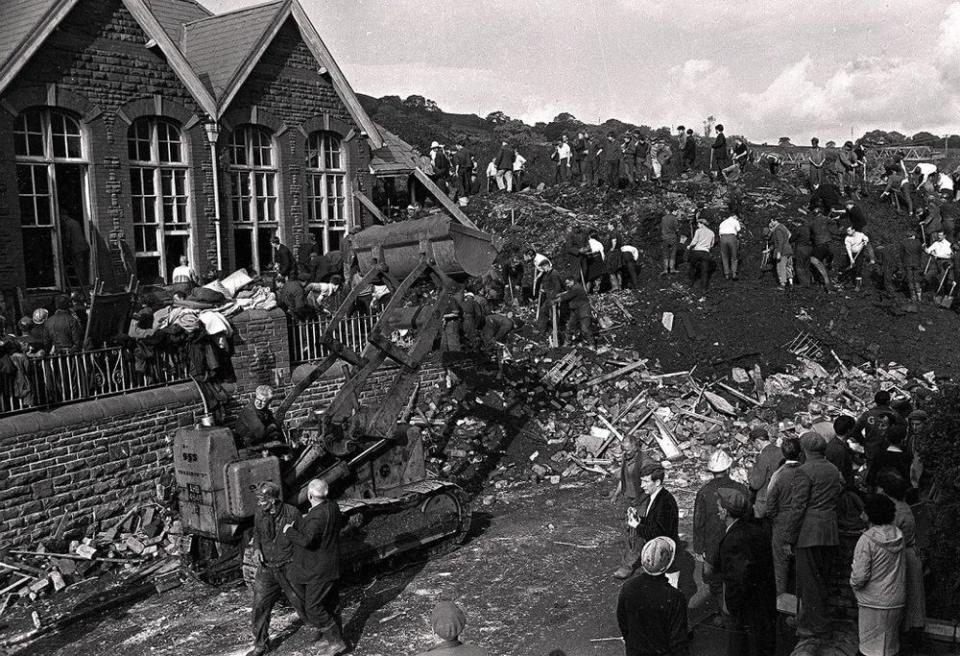
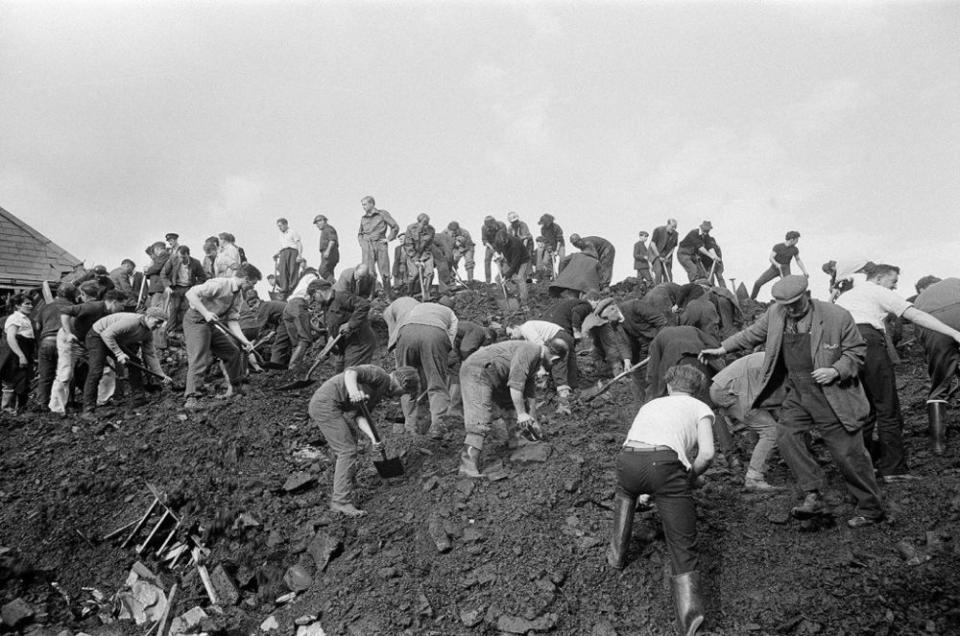
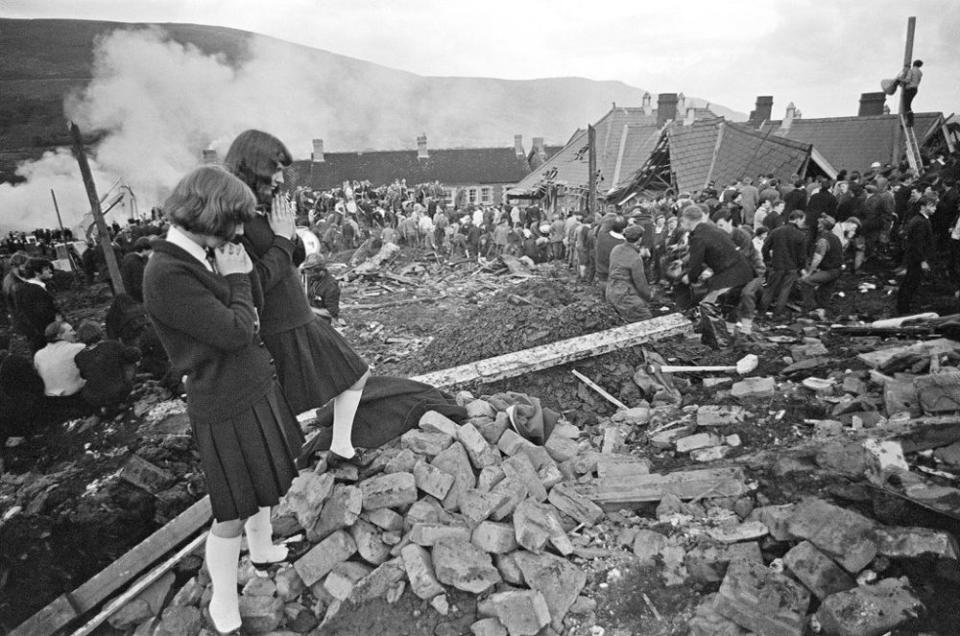
Writer Morgan uses Labour Prime Minister Harold Wilson as the vehicle through which to show how courtiers and others advised her to go and meet survivors in the “Aberfan” episode. And it has emerged that actor Jason Watkins channeled some of his own painful experience when acting the key scene when the PM tells the Queen (Olivia Colman) about the need to go. As he filmed, he was thinking of his own grief at the loss of his daughter Maude, who died of sepsis at just 2 years old over Christmas in 2010. “Grief makes you angry,” Watkins told The Times recently. “It was like I was almost teaching her what I, Jason, had felt. In a way I could speak for [the parents]. I correct her and say ‘Well, I think this is what you should do.’”
“Wilson had an emotional intelligence and I think those scenes’ gentleness was born out of what happened to us.”
He adds that the scene that depicts the desperate search for bodies was “most difficult for me.”
“I could hardly get my voice out. It just sort of disappeared into me. You did feel you were there,” he said.
The scene showing the Queen visiting the home of a local resident is based on her calling on local politician Jim Williams “where she stayed and spoke with the family for nearly 20 minutes and emerged visibly emotional,” Lacey writes. (He also notes that the harsh media scrutiny following her response to tragedy was repeated when Diana, Princess of Wales died in 1997.)
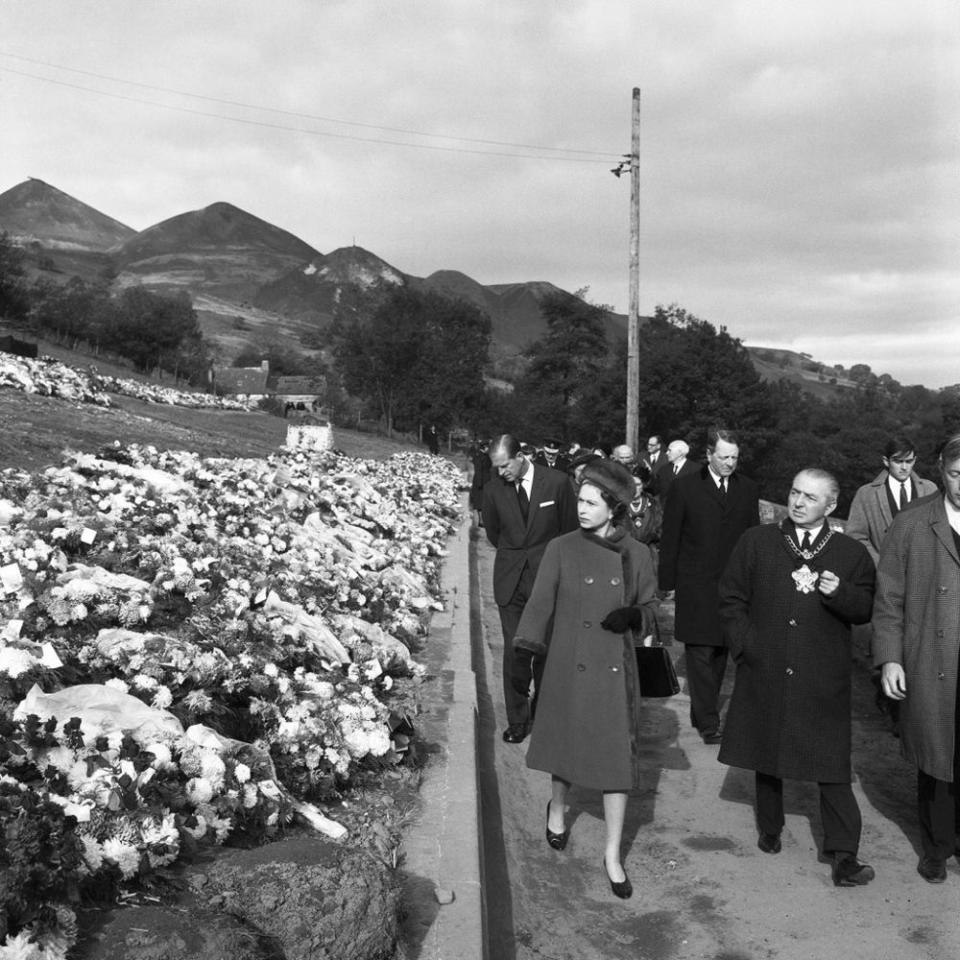

Can’t get enough of PEOPLE‘s Royals coverage? Sign up for our free Royals newsletter to get the latest updates on Kate Middleton, Meghan Markle and more!
Elizabeth has visited the Welsh village of Aberfan several times during her reign, and Prince Charles made a poignant trip to the south Wales valley village for the 50th anniversary of the disaster in October 2016.
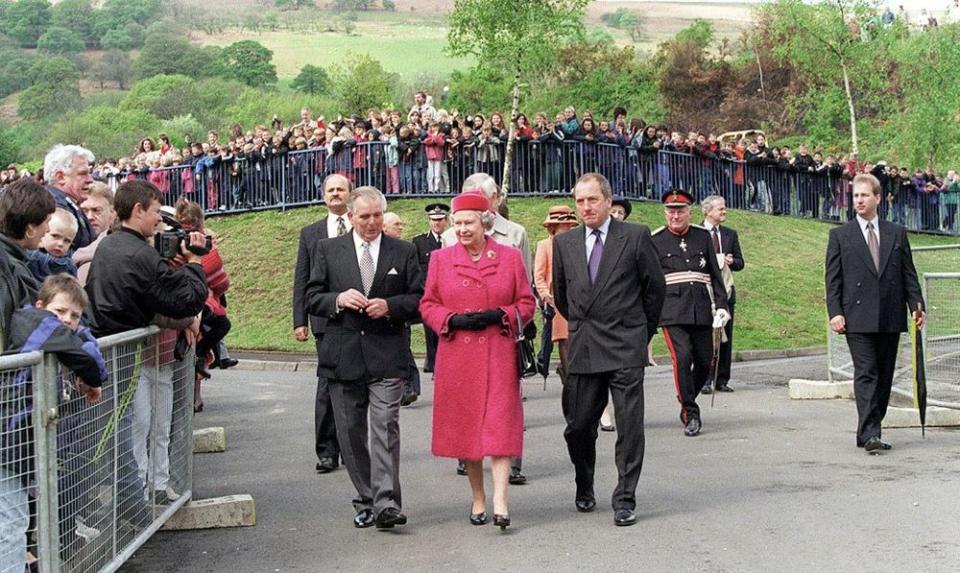
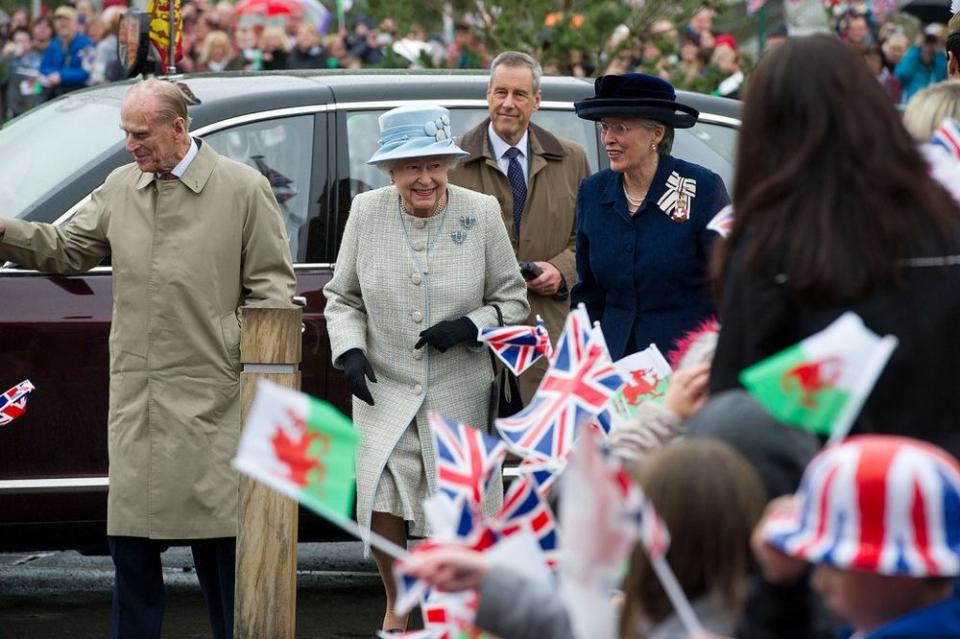
With many survivors from the village still alive, it was a tough episode to get right and not cause further heartache and distress for the families of those who died that day. But it has largely drawn complimentary reviews and, while the critic from Wales’s national newspaper, the Western Mail, said it could have gone further in exploring how the disaster could have been avoided and the lack of accountability for those to blame, she praised it for capturing the awful reality. The scene is “well-executed, from the panic as the slag heap starts to subside to the moment of devastation as the huge slip comes crashing into a classroom full of children,” reporter Kathryn Williams wrote.
“The depiction of the disaster is absolutely gut-wrenching.”

